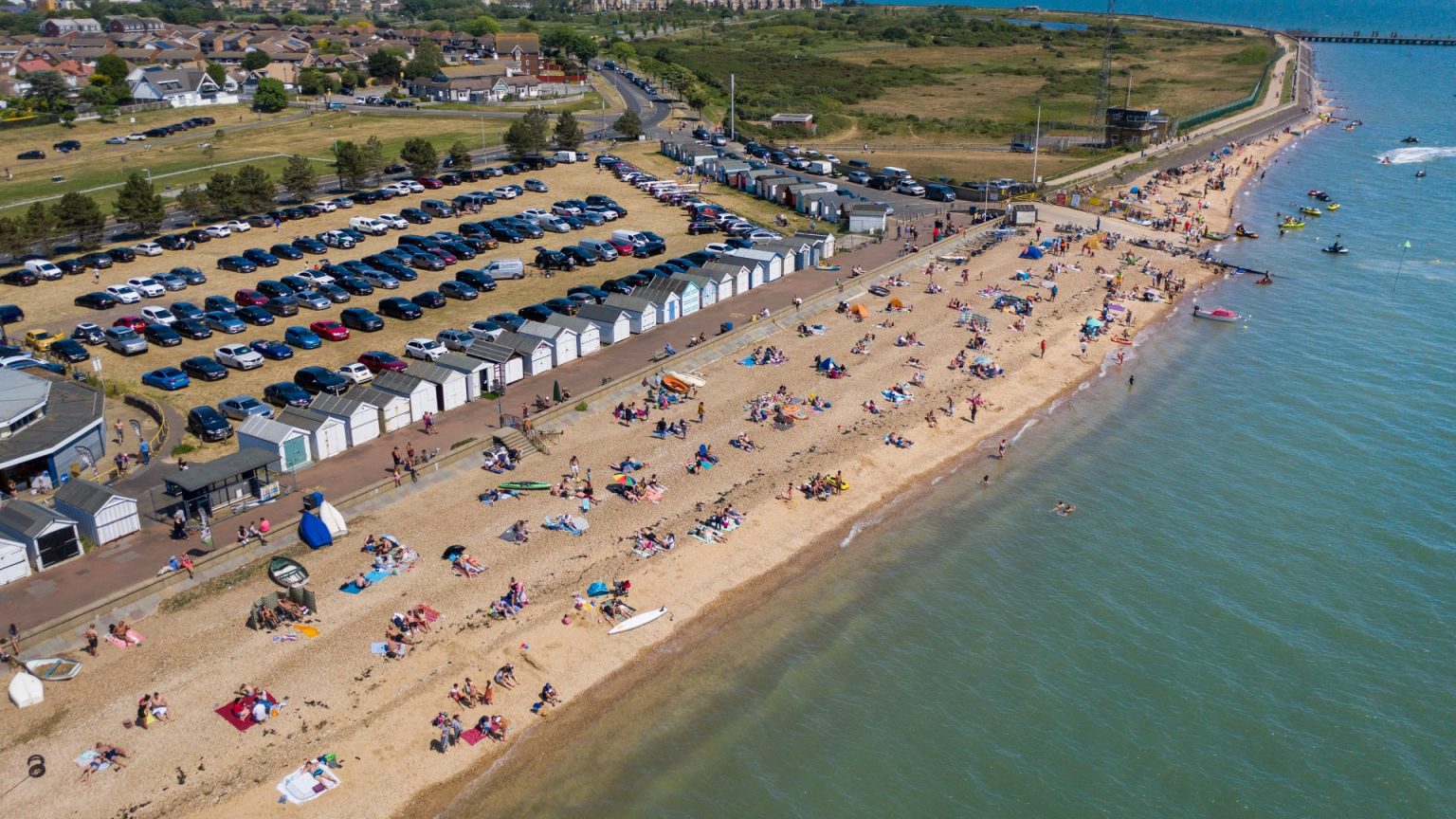The UK’s coastline offers a diverse range of beach experiences, proving that a seaside visit is not just a summer pursuit. Even in the cooler months, these coastal havens provide unique attractions and opportunities for exploration, from bracing walks along windswept shores to enjoying the tranquil beauty of a winter beach.
Camber Sands in East Sussex, known for its mild climate and expansive sand dunes, offers a dramatic landscape that has attracted filmmakers for decades. While summer temperatures average a pleasant 17°C, winter visitors can still enjoy ample sunshine and the unique experience of cold water swimming in the 8.8°C sea. Nearby Rye, with its charming cobbled streets and historic Mermaid Street, adds a further dimension to a winter coastal escape.
Ramsgate Beach in Kent, often overshadowed by its trendy neighbour Margate, boasts a 250-metre sandy stretch flanked by impressive chalk cliffs. While summer sees temperatures soar to 17°C, winter visitors can enjoy an average of 208 hours of sunshine per month. The adjacent Royal Harbour, the only one in the UK, provides a historical backdrop, and the beach’s Blue Flag status assures visitors of high environmental and safety standards. The presence of amenities, including children’s amusements and restaurants, makes Ramsgate an attractive destination even in the colder months, with the added bonus of dogs being allowed on the beach during the winter season.
Essex boasts a remarkable nine beaches along its seven-mile coastline at Southend-on-Sea, offering a variety of landscapes from sandy stretches to pebble-filled shores. With four Blue Flag beaches among them, visitors can enjoy an average of 194.65 hours of sunshine per month. While summer temperatures reach 18°C, winter offers a more bracing 5°C, suitable for invigorating walks and appreciating the stark beauty of the coast. The varying beach characteristics, from secluded spots with beach huts to bustling open areas, cater to diverse preferences. Westcliff Beach, with its proximity to the famous Rossi ice cream parlour and various cafes, is a particularly popular choice.
Devon’s Woolacombe Beach, nestled on a three-mile stretch of sand, enjoys a southerly location and an average of 190.24 hours of monthly sunshine. While summer temperatures peak at 16°C, winter visitors can still bask in the bright conditions, even with temperatures around 4°C. The privately owned beach, meticulously maintained by Parkin Estates, offers a range of activities, including kayaking, surfing, and windsurfing. Its location within the North Devon Coast Area of Outstanding Natural Beauty provides stunning scenery for coastal hikes, while the nearby village of Woolacombe offers accommodation, cafes, and shops.
Porthcurno Beach in Cornwall, renowned for its rugged granite cliffs, white sand, and turquoise waters, offers a picturesque winter escape with an average of 190.64 hours of sunshine per month. Summer temperatures reach 15°C, while winter averages a milder 5°C. The beach, cared for by the National Trust, provides opportunities for spotting birds and dolphins. Its proximity to the village of Porthcurno, home to the Minack Theatre, and Land’s End, the most south-westerly point of mainland Britain, makes it an ideal base for exploring the Cornish coast.
In conclusion, the UK’s beaches offer a year-round appeal, each with its unique character and attractions. Whether you seek bracing walks, stunning scenery, or the tranquility of a winter beach, the British coastline offers a diverse range of experiences beyond the traditional summer holiday. From the dramatic dunes of Camber Sands to the picturesque coves of Cornwall, these coastal gems provide an opportunity to reconnect with nature and enjoy the invigorating beauty of the sea, whatever the season.











